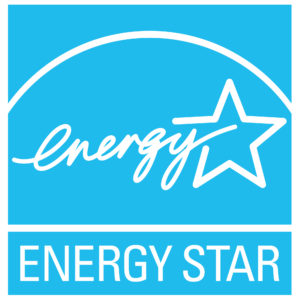 The end of the year is a time for reflection, a time to take stock of achievements and relationships. In HVAC, you can measure these by considering how you helped your customers improve indoor air quality with proper ventilation or calculating how many building envelopes you protected with rainscreen-compatible wall caps.
The end of the year is a time for reflection, a time to take stock of achievements and relationships. In HVAC, you can measure these by considering how you helped your customers improve indoor air quality with proper ventilation or calculating how many building envelopes you protected with rainscreen-compatible wall caps.
You can also consider the quality of your relationships with customers and vendors, or you could look at the bigger picture and examine industry alliances such as the Energy Star Program.
In the wake of the deadliest hurricane season since the 1900s and record-breaking fire seasons in both Canada and the US, the effects of climate change are top of mind for many North Americans. The Energy Star Program seeks to reduce greenhouse gas emissions by identifying and promoting products that help consumers and facility managers reduce their energy consumption. In doing so, it raises the profile and the quality of products and services offered by the HVAC industry.
The Environmental Protection Agency (EPA) established the Energy Star Program in 1992. The first products to get Energy Star ratings were computers and monitors. The EPA then added office equipment followed by residential heating and cooling equipment and also HVAC installation.
The EPA worked with the US Department of Energy to add more product categories to the program, and today the Energy Star Program certifies a wide range of products and offers whole home certification to greenbuilds and retrofits. Canada became an international partner in 2001 with the program being administered by Natural Resources Canada.
In Canada and the US, the Energy Star Program is a partnership between government and industry. It is arguably one of the most successful private/public partnerships; it is certainly one of the most recognized programs. In 2016, 91% of households in the US recognized the Energy Star symbol.
The Energy Star Program has helped HVAC sales with incentives and by fostering consumer confidence. Your customers are more willing to upgrade their HVAC when they know they will get a tax break, and the US and Canada have offered tax credits for purchases of Energy Star certified HVAC equipment. In the US, the credits were offered as part of the American Recovery and Reinvestment Act of 2009, which expired in December 2016. Canada still has incentive programs in place today.
The Energy Star Program helps customers make the difficult decision of which HVAC system – or home or other product – to purchase and helps them feel confident in their choice. It has earned this confidence through a rigorous certification process. The EPA sets the standards for energy-efficiency, and then an independent third party verifies whether a product meets these standards.
Energy Star also certifies HVAC designers and installers, so that general contractors, facility managers, and homeowners know they are hiring an HVAC professional that works to the highest standards in energy-efficiency.
The Energy Star Portfolio Manager, an online platform that measures energy and water use, is being used by 40% of commercial building managers in the US. The platform also facilitates the certification of whole buildings, though the final certification is granted by an independent third party.
Whole building certification looks at every aspect of a building, from the building envelope to waste management. An HVAC system installed in a building trying to achieve Energy Star certification will be more likely to run at peak efficiency because the developers will be adhering to strict energy-efficiency standards at every level of construction.
Energy Star standards are continually being updated in response to improvements in technology and changes in government regulations. Your customers know when they buy Energy Star, they are getting the most efficient product they can possibly get. They also know that they will see savings of about 20% on their energy bill.
It can be argued that the HVAC industry and the customers they serve would remain focused on improving efficiencies without the Energy Star Program, but the HVAC industry benefits from the consumer trust in the Energy Star brand.


